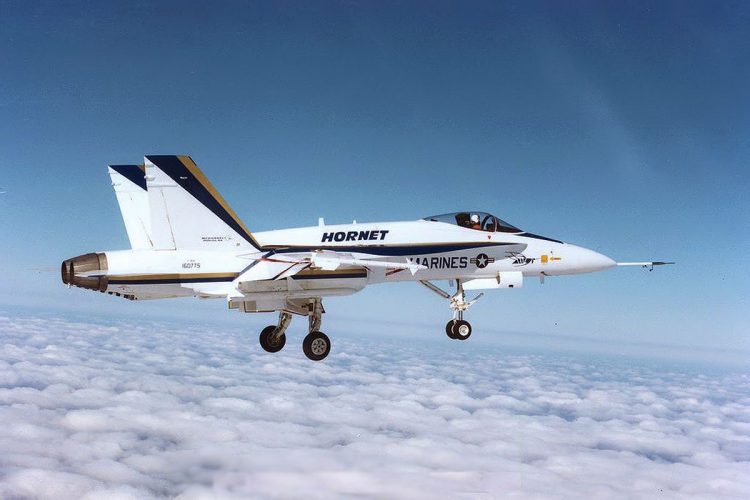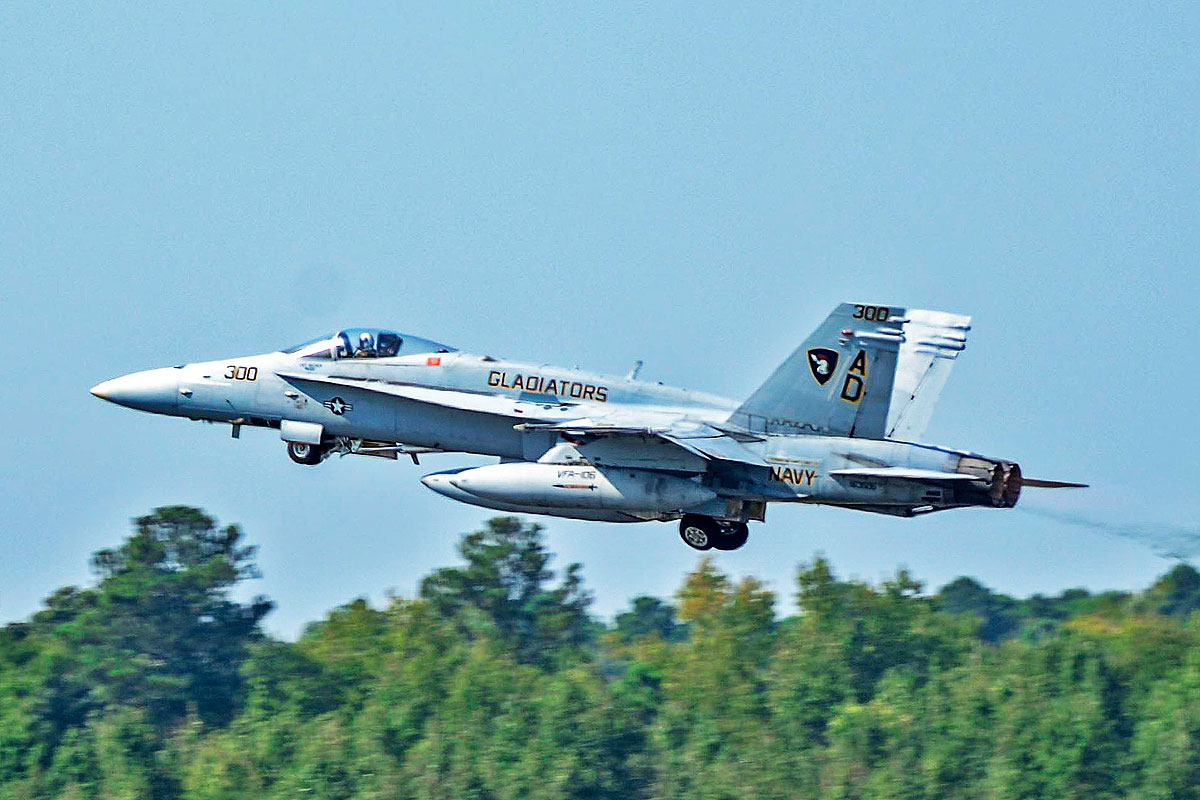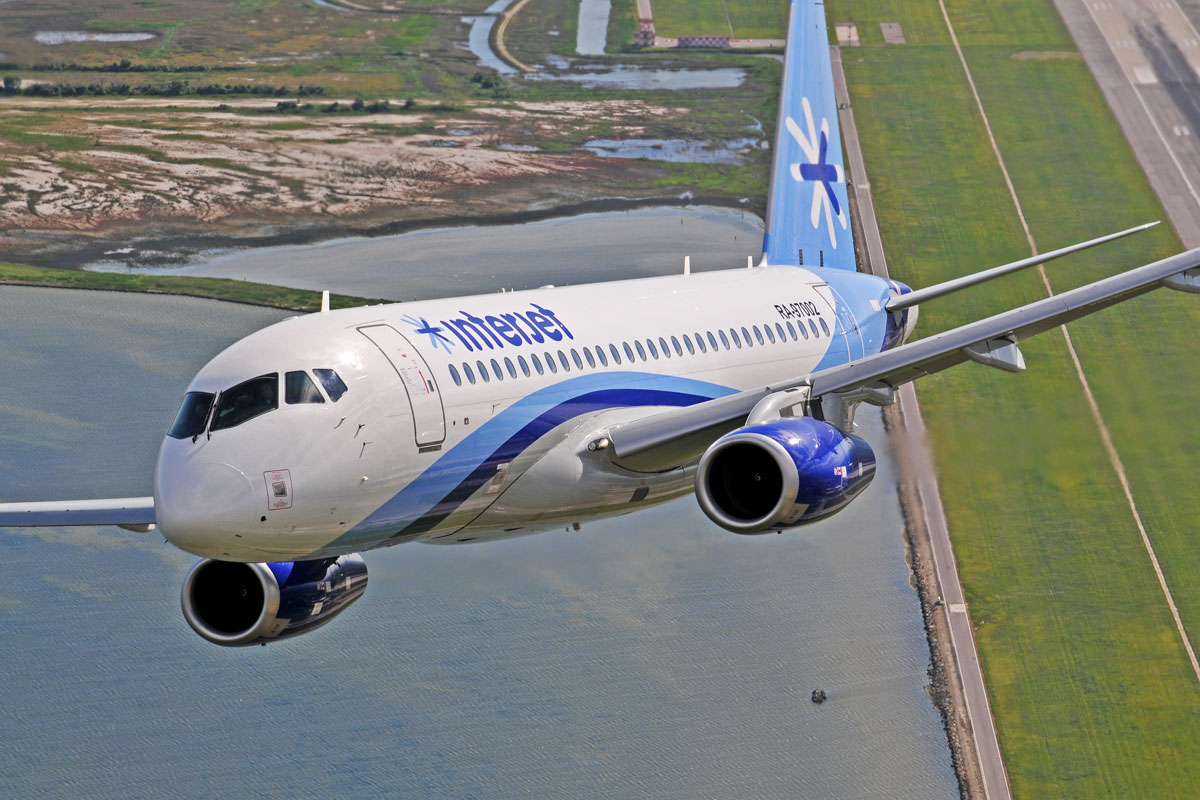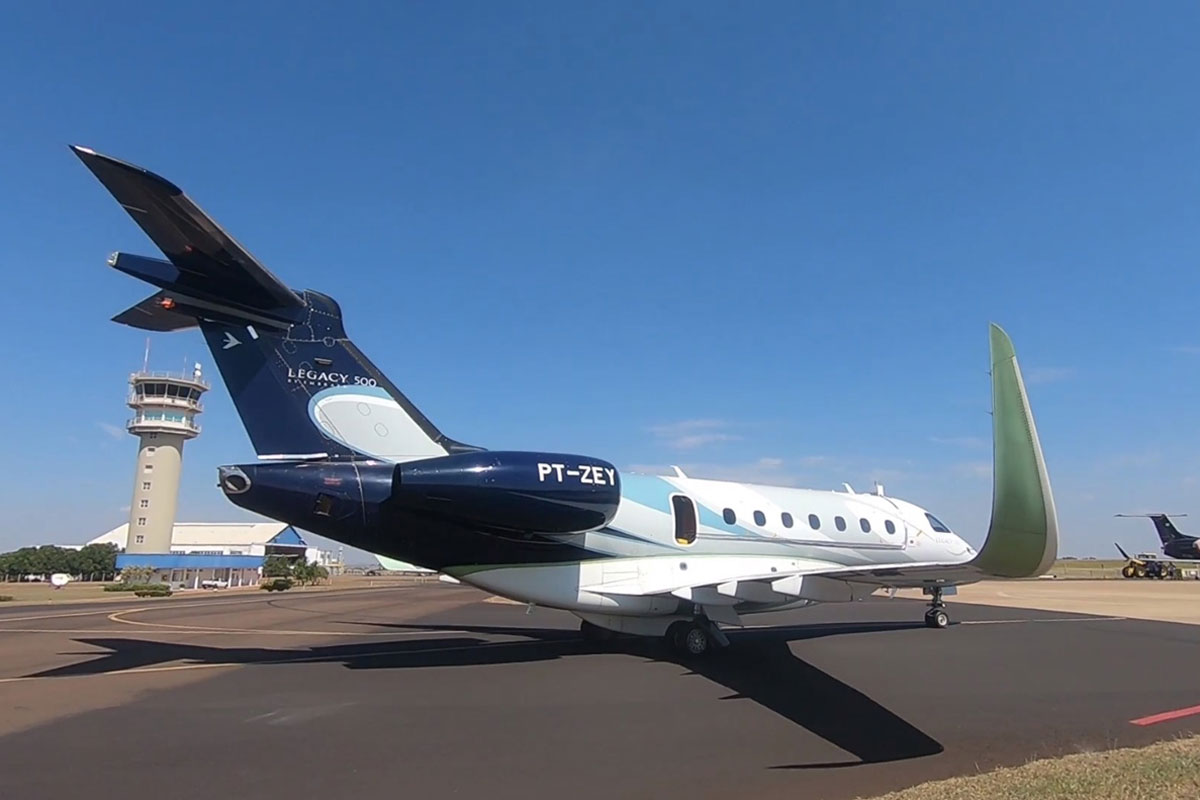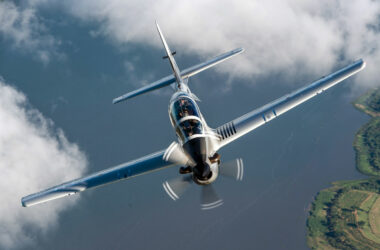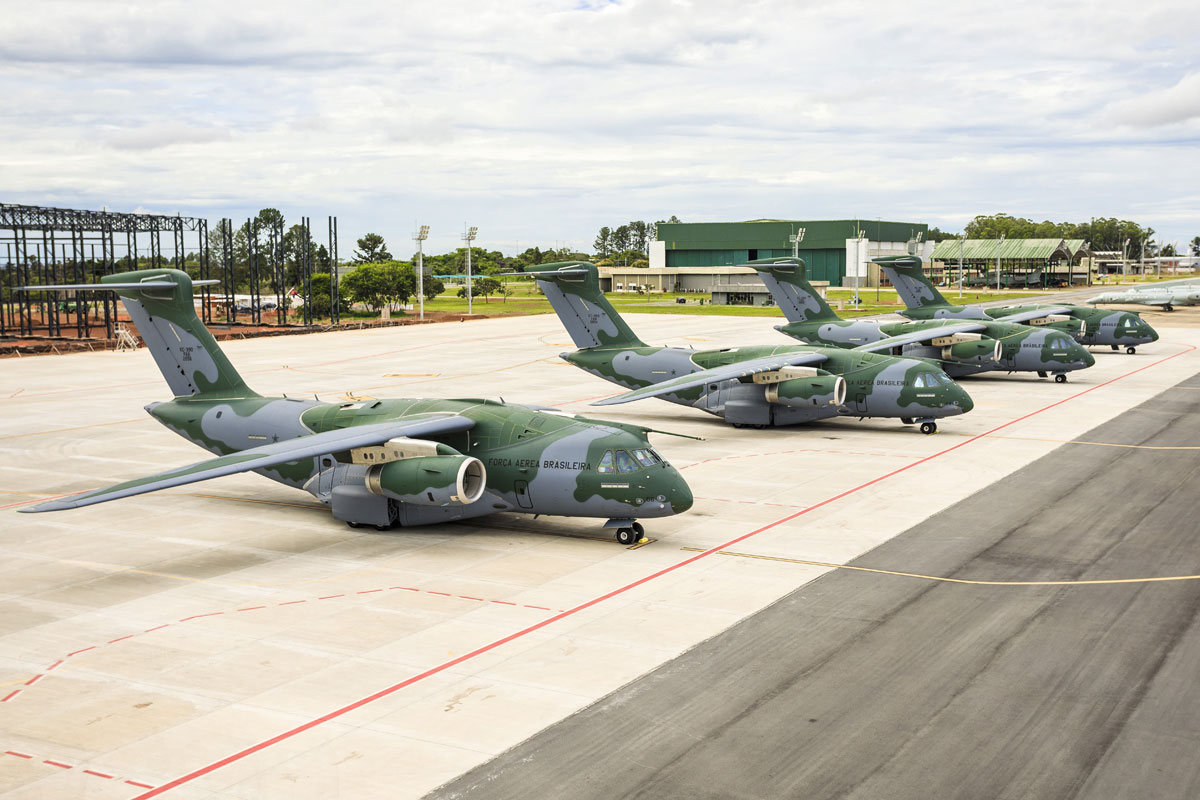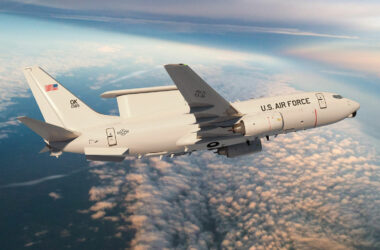The US Navy made the last operational flight of an F/A-18C fighter on October 2. The Strike Fighter Squadron (VFA) 106 aircraft took off from Naval Air Station Puget Sound, Washington, ending a 31-year period in service.
“Today marked the final United States Navy F/A-18C operational Hornet flight,” said the Commodore, Command Strike Fighter Wing Atlantic, Capt. Brian Becker.
During the last year, VFA-106 has transferred over 50 F/A-18 Hornets to various Navy Reserve and US Marine aviation commands, as well as being placed in preservation for future use if needed.
The F/A-18 was ordered by the Navy in the late 1970s to replace jets such as the F-4 Phantom and A-7 Corsair II in attack and air defense missions. It is derived from the YF-17 Cobra, a Northrop prototype that lost competition to the then General Dynamics (now Lockheed Martin) YF-16. McDonnell Douglas joined Northrop to offer the two-engine fighter to the Navy, creating the F/A-18, which began production in 1983.
The US Navy, however, made a controversial decision in the 1990s by ordering an advanced and larger version of the Hornet, the F/A-18E “Super Hornet”, which would become the main US carrier-based aircraft, while replacing jets like the F-14 Tomcat, A-6 Intruder and even the first F/A-18.
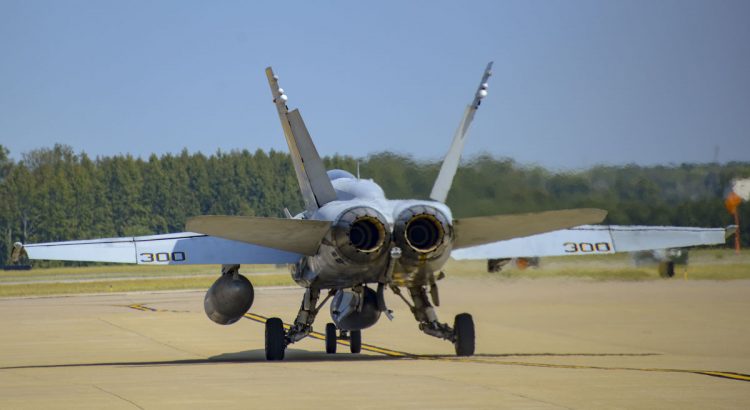
Since then, the “classic” Hornet has been taken out of service, especially after the arrival of the F-35. The US Marines, however, still consider the original Hornet valuable and preferred to wait for the delivery of the F-35B and F-35C before withdrawing the F/A-18C from 2030. Outside the US, however, many air forces still fly Hornet such as Australia, Canada, Finland, Kuwait, Spain and Switzerland.
Interestingly, the F-A-18C is still flying the Blue Angels squadron aircraft, until the end of 2021, when they will fly with the Super Hornet.
